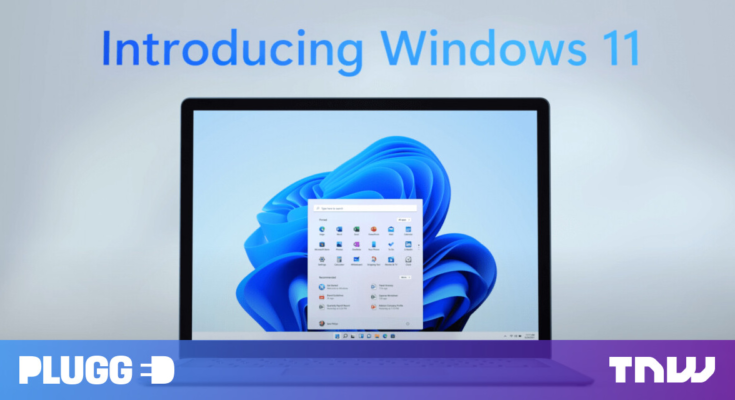Windows 11‘s announcement was marred by its confusing upgrade policy. It would be a free upgrade from Windows 10, but not every PC would be able to run it. And we’re not just talking about crusty old beige PCs, but even some PC’s as recent as Microsoft’s own Surface Studio 2. Worse, Microsoft didn’t make it totally clear which PCs would be able to run the OS; age and specs alone didn’t seem to tell the full story.
In short, it was a mess.
Thankfully, Microsoft has provided some much-needed clarity and opened up (unofficial) compatibility to many more PCs. It seems pretty much any PC that can run Windows 10 will, in fact, be able to install Windows 11. It just might not be easy for you to do so.
While everyone with an officially compatible PC will be able to install Windows 11 via a simple update, those who wish to update their PC on unsupported hardware will have to do so via Windows 11 ISO file.
That’s a bit of a throwback, and it essentially involves putting the ISO into an external drive and installing the OS the old-school way (for reference, you can check out the Windows 10 ISO installation process). You can even put Windows 11 on a CD for the nostalgia.
While this may not be a big deal for longtime PC enthusiasts, it’s extremely user-unfriendly for the average person, especially as it likely means you’ll have to erase everything on your drive and start with a fresh install.
Still, at least you have the option now.
That’s better than nothing, and it’s likely a big relief for people who built or bought spec’d out PCs a few years ago. Plenty of old desktops are faster than modern laptops, for instance, and there’s no reason they shouldn’t be able to enjoy Microsoft’s latest and greatest.
But it’s not all great news. Microsoft later clarified that it might withhold updates from devices on older hardware –including for new drivers.
I would be surprised if that threat panned out; as noted by The Verge, it would be creating a mess for the scores of people who will install Windows 11 on older hardware. It’s likely more of a liability thing, but in any case, you should be aware of that risk if you opt for a manual install.
ISOs aside, Microsoft has provided some updated guidance on official compatibility, adding a few more CPU models that were previously incompatible (such as those in the aforementioned Surface Studio 2). The company is also updating ts PC Health Check app to provide additional clarity on why your device is or isn’t supported; the new app will roll out in the coming weeks.
Lastly, it’s worth noting the company won’t completely abandon those stuck on Windows 10; Microsoft says it’ll support the OS until October 14, 2025.
Did you know we have a newsletter all about consumer tech? It’s called Plugged In – and you can subscribe to it right here.



